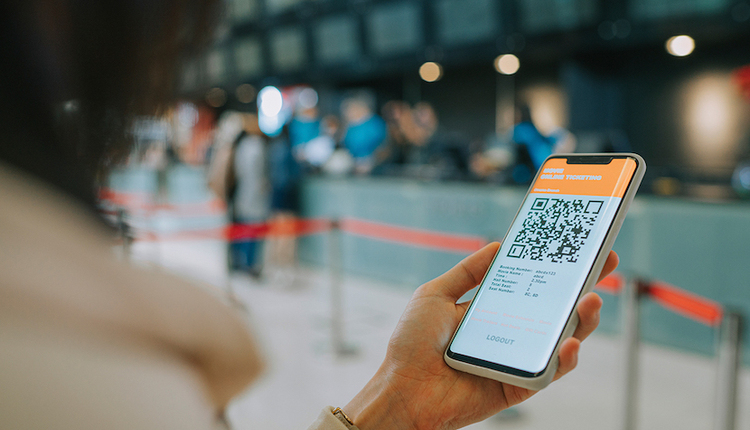
Looking for unconventional ways to motivate your employees to adopt a new system or create a livelier workplace? Discover what gamification is and how it can be applied to user adoption and employee motivation.
Although the word ‘gamification’ has become trendy relatively recently, businesses have been all over it for a long time. Think about collecting food points at a local supermarket, earning airline miles, or achieving milestones in your fitness app. Such methods are frequently used by B2C companies to engage customers and increase their loyalty.
Nowadays, managers are seeing great potential in gamification for user adoption and change management inside their organizations. Implementing point systems and other gaming features can help them overcome common staff-related challenges. Let’s look at the top gamification tips for user adoption and common implementation pitfalls.
Immediate feedback
In video games, players usually have clear indicators of whether their actions were right or wrong. For example, when a character’s energy level is rising, the player receives a dopamine rush and, naturally, wants to repeat that particular action. Such immediate feedback makes players repeat the action if it resulted in a positive outcome or instantly correct themselves and get better otherwise. The same logic can be applied when adopting new tools or platforms. For example, when implementing a new kind of CRM, try to instantly reward your employees for every correct action they take.
Transparent objectives
In many ways, successful gamification comes down to setting clear objectives. The completion of a particular task should always visibly impact an individual’s progress. At the same time, it also has to be a part of a bigger organizational goal.
Such objectives need to be clearly set, the basic prerequisites for its completion thoroughly explained, and the impact on both an individual and a bigger system caused by their completion described in detail. This way your employees will not only be willing to succeed because it gratifies them with a personal reward, but they will also feel like they contribute to a global goal.
A point-based system
While sometimes it indeed looks fancy in a corporate environment, points are essential to gamification. The introduction of points is closely related to the aforementioned immediate feedback and helps your employees gain productivity momentum.
Most of the time, points are just virtual indicators of success, but they have an impeccable intrinsic value for human beings. Moreover, by introducing leaderboards, point-based systems drive healthy competition among employees and enable a much more engaging work environment. Especially when it comes to adopting new technologies, don’t hesitate to award points even for the smallest tasks.
A level-based system
Levels symbolize time and resources spent on a particular objective. We can find level systems in many big non-business-related areas of life such as sports, military, video gaming, and internet communities. Most importantly, reaching a particular level is similar to gaining a status, which is an effective motivational aspect. While the whole idea of points is to motivate users and keep them in a dynamic never-ending feedback loop, levels need to be much harder to achieve.
A badge-based system
Badges also play a crucial role in user adoption gamification. They identify employees with niche expertise and indicate specific achievements. It’s essential to make badges visible to other employees, so they can appear as a form of recognition. In fact, employees can also give out badges to their colleagues in appreciation of their achievements.
Onboarding gamification
Onboarding is probably one of the most potent areas for gamification. Motivational speeches and training programs can definitely have a positive impact, but when an employee sits down and starts learning the new platform, rejection prevails. It’s important to gamify exactly this step of user adoption.
Instead of wordy explanations, the ‘learning–by-doing’ concept has proven to be effective in this context. An employee has successfully logged in for the first time? This is a great reason for earning a point or even a badge. The 2019 Gamification at Work Survey conducted by TalentLMS shows that 33% of employees would like to see more game-like effects in training software.
Collaboration rewards
Gamification can be used to encourage employees to communicate better, help each other, and collaborate. Reddit is a great example of such an initiative. The best answers in a thread are often rewarded with trophies, which makes users contribute more often and encourages well-thought-out answers. Businesses can apply the same method in their digital workplace environments, including intranet platforms. Such systems usually have different groups dedicated to domain knowledge sharing, social interactions, teamwork, and more. Sharing valuable information or answering technical questions can bring users points or badges. This will encourage collaboration and enable a livelier corporate environment.
Why it works and why it doesn’t?
Gamification is effective because it solves many problems of a modern-day employee: it indicates progress, provides guidance and feedback. Gamification also drives social interactions and, in many cases, encourages employees’ self-expression. Moreover, for many people competition is often the most effective motivational factor, which is a built-in feature in the majority of gamification programs.
On the internet, gamification is often positioned as a panacea for disengaged employees. However, an in-depth study by Harvard Business School indicates that more often than not, gamification proves to be effective in environments with an above-median willingness to adopt a new platform. Essentially, it means that this management tool should be utilized as an improvement booster for already engaged employees. On the other hand, HBR also acknowledges the limitations of the research as only one company was examined.
Gamification is hit or miss. When done right, it can increase willingness to adopt new platforms, drive engagement, encourage collaboration, and bring more fun and productivity. Gamification is not a universally applicable management method. The success of its implementation comes down to an in-depth analysis of many factors that constitute a work environment.













